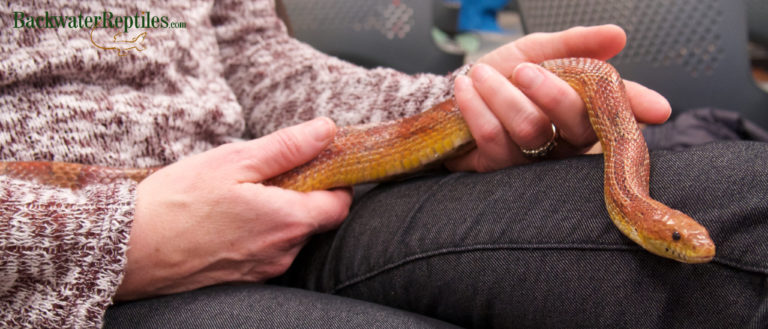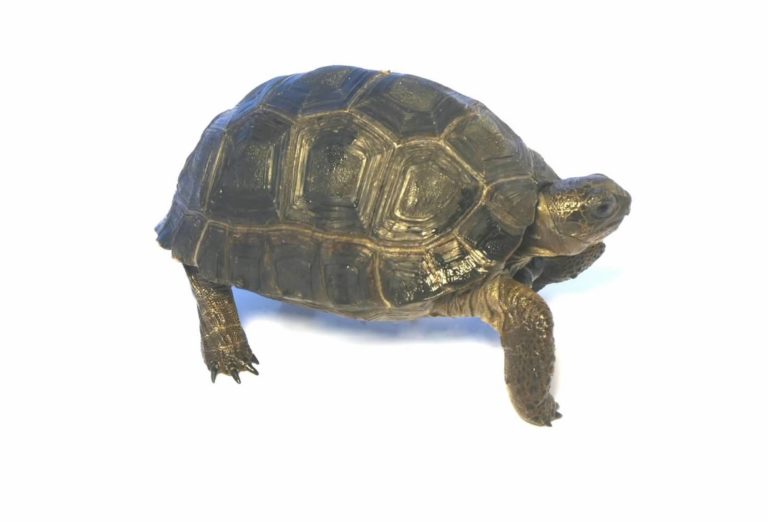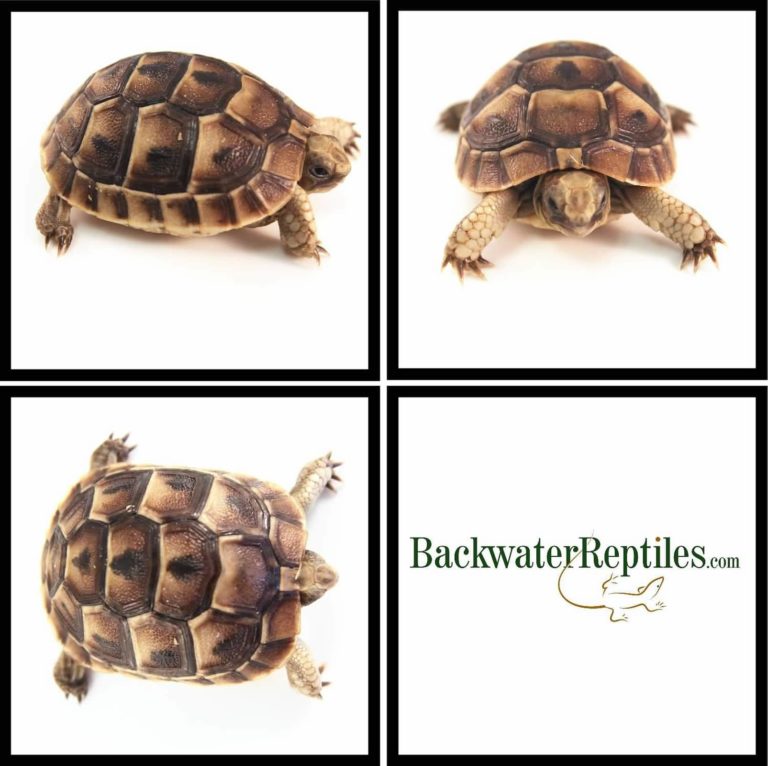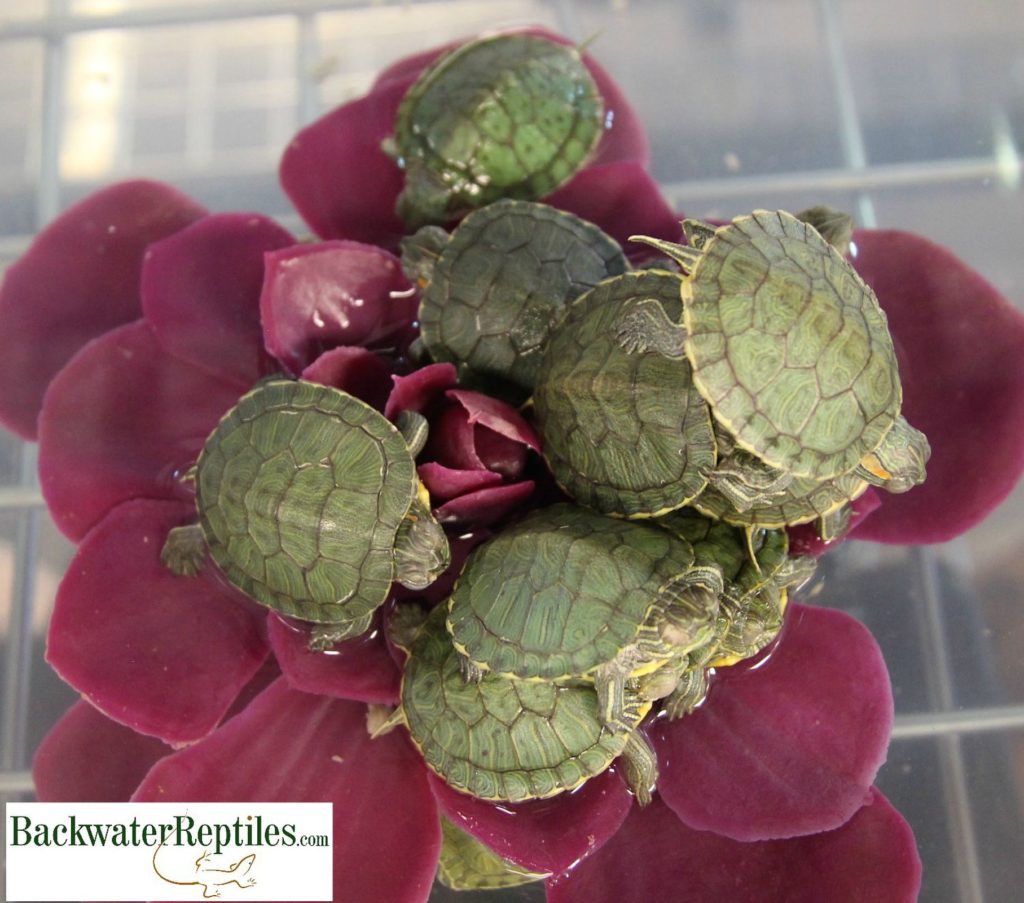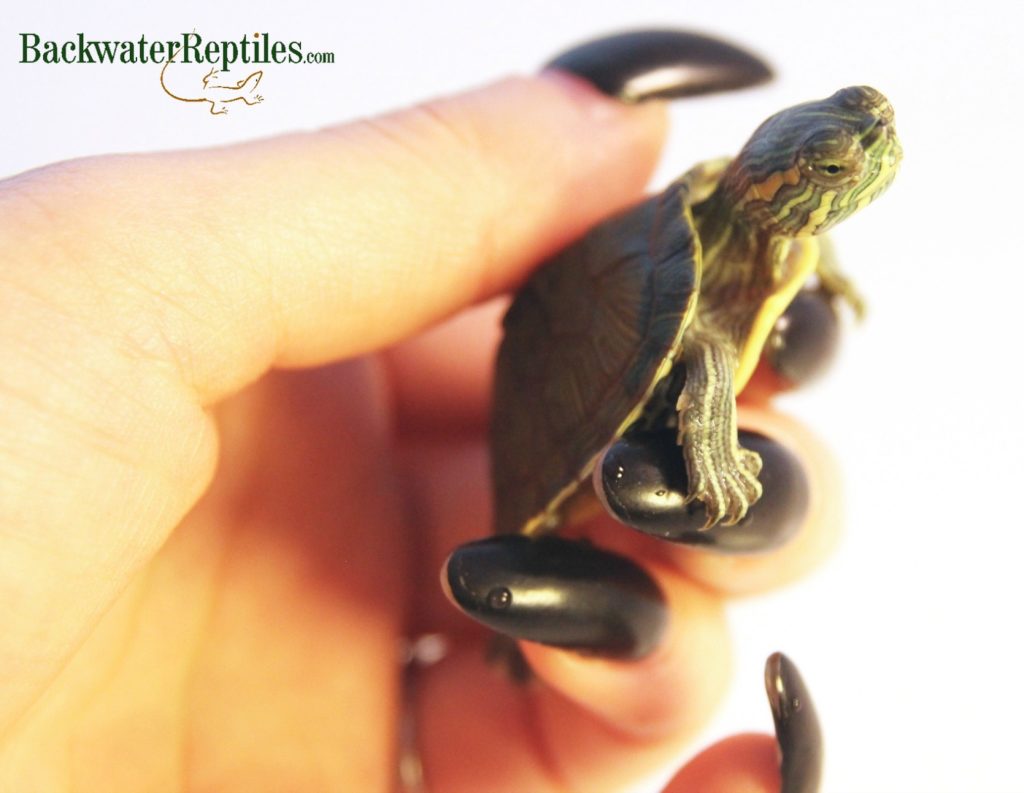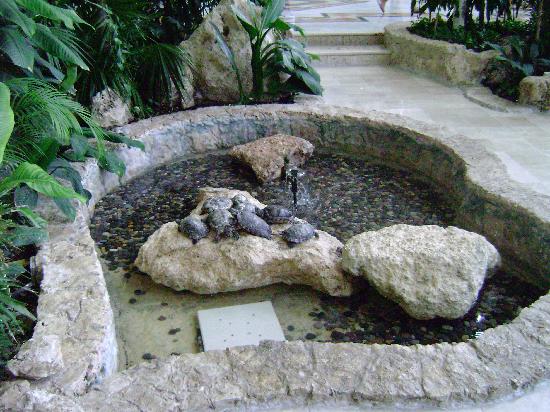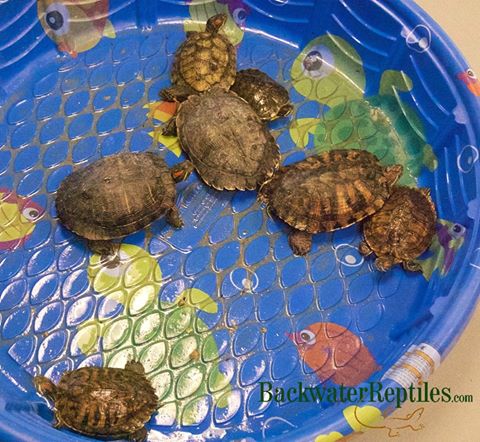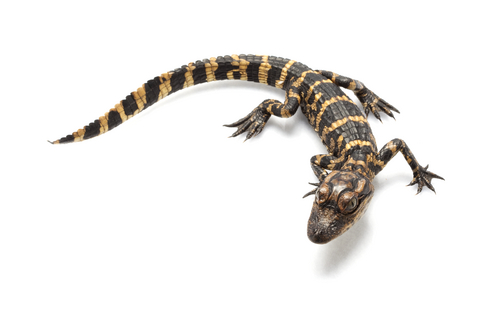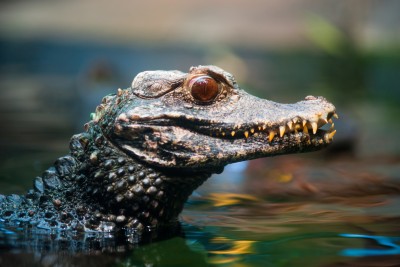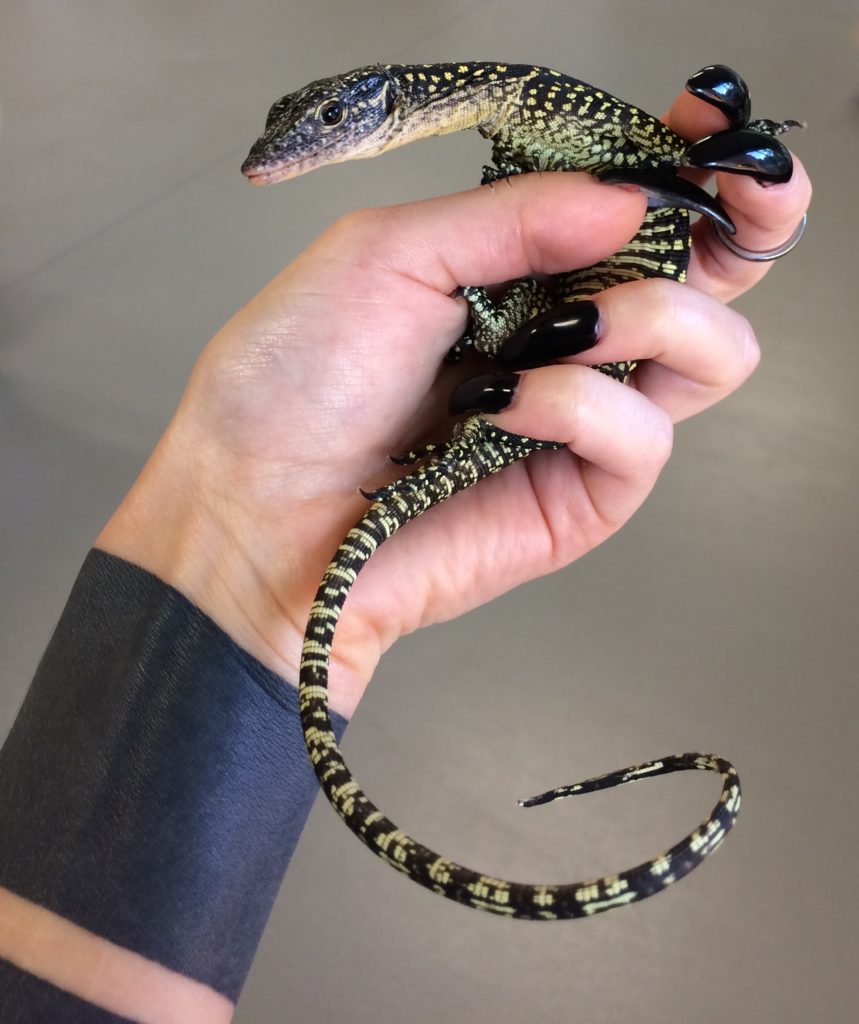What’s it like at a reptile expo or reptile show?
Reptile expos can be overwhelming if you’ve never been to one before. Generally, they are held in large convention halls or rooms and they are filled with vendors selling all types of reptiles, amphibians, invertebrates and supplies. Often you can hold the animals and get to know them before you purchase. Reptile expos are heaven for reptile and amphibian enthusiasts.
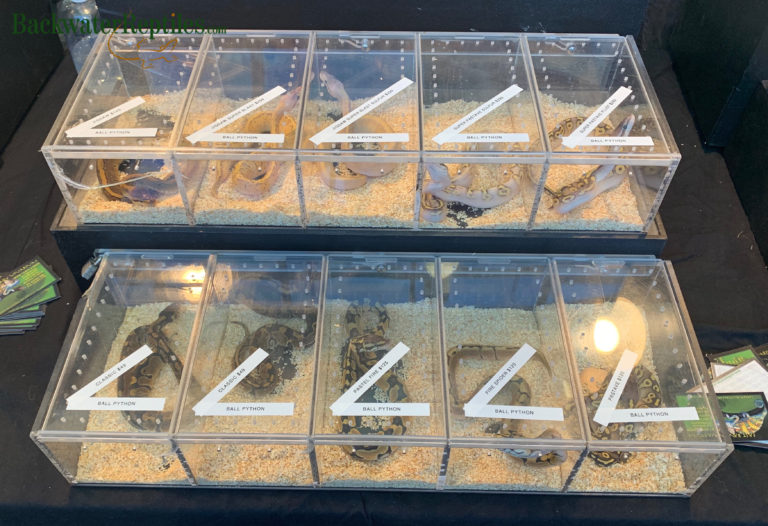
What will I see at a reptile show?
Vendors take up the most space at reptile shows. As soon as you walk in the door, you will see animals. Tons and tons of them! Most vendors will specialize in a certain type of animal or a particular breed. For example, there can be vendors who sell a variety of snake species such as corn snakes, king snakes and ball pythons. Other times you might find a vendor who only sells rare and expensive reticulated python morphs. But depending on the size of the venue and the location, you can find plenty of unique creatures of all shapes, sizes and colors. Usually, for most people, this is the best part of a reptile show and the main attraction at the expos.
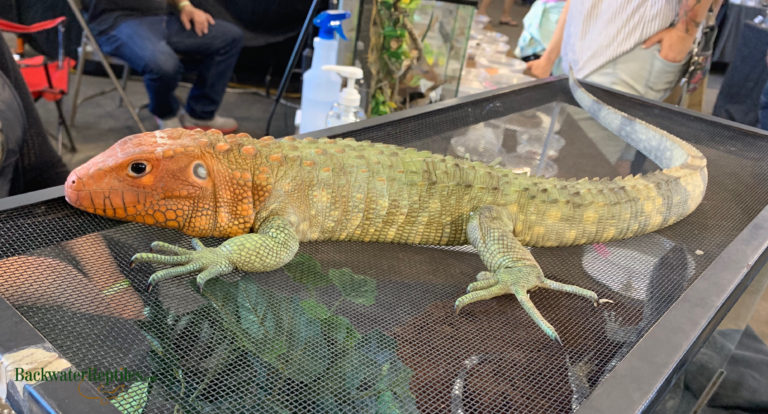
Typically, if the venue allows for it, there will be a stage area where educational programs take place throughout the day. Often times these presentations are put on by rescue organizations that have animals that are illegal to keep as pets without proper permitting. We’ve seen large crocodilians, snakes and lizards that have been surrendered due to their large size.

Another thing that is commonly seen at reptile shows is reptile, amphibian and invertebrate related merchandise. It’s not uncommon to see stuffed animals, appropriately-themed clothing items and even accessories for your pet herp. Many vendors will have feeder insects, leashes for your bearded dragons and monitor lizards, vivarium equipment and accessories, and products to keep your pet in peak condition such as vitamins, minerals and supplements.
Finally, if you go to a reptile show, you will see people of all kinds. If you thought you were the only one in your city that liked herpetology, think again! We are constantly amazed by the crowds that reptile expos draw. Sometimes, during peak hours, it can even get tough to walk through the aisles. It warms our reptile-loving hearts to know that our favorite critters are beloved by so many others.
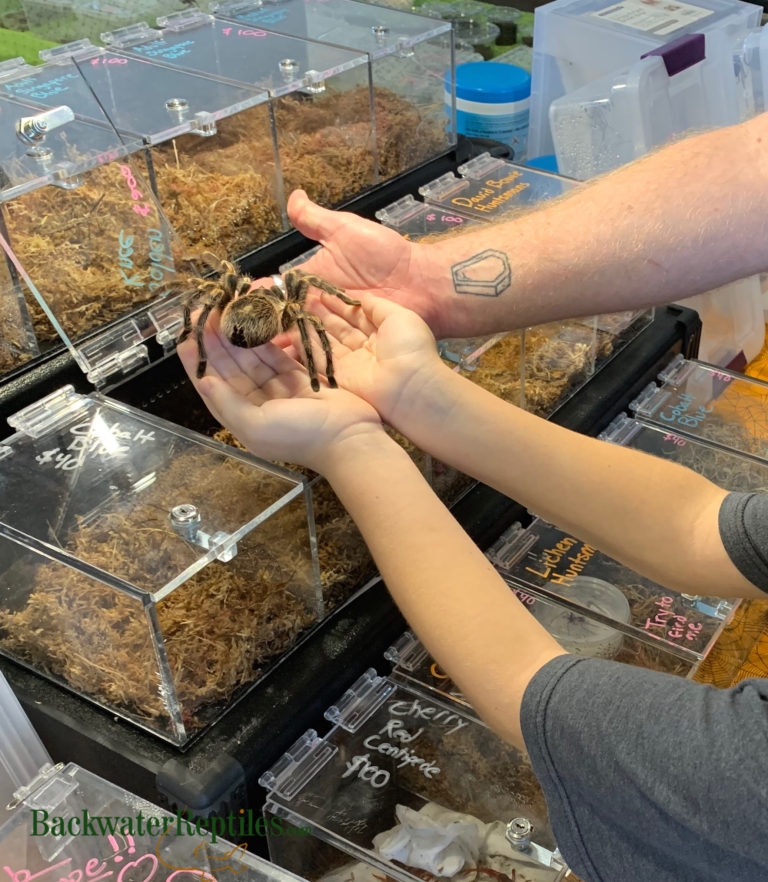
What’s an example of a reptile expo?
We recently attended the Reptiles and Oddities Expo in Vallejo, California as it is close to our headquarters in Northern California. We thought we’d use this expo as an example of what a reptile show can be, although it is actually on the smaller side as far as reptile shows are concerned.
As we’ve established, the main attraction at reptile expos are the critters. Vallejo’s show seemed to spotlight mostly lizards and snakes with a smattering of tarantulas. We did not see many frogs or other types of amphibians.
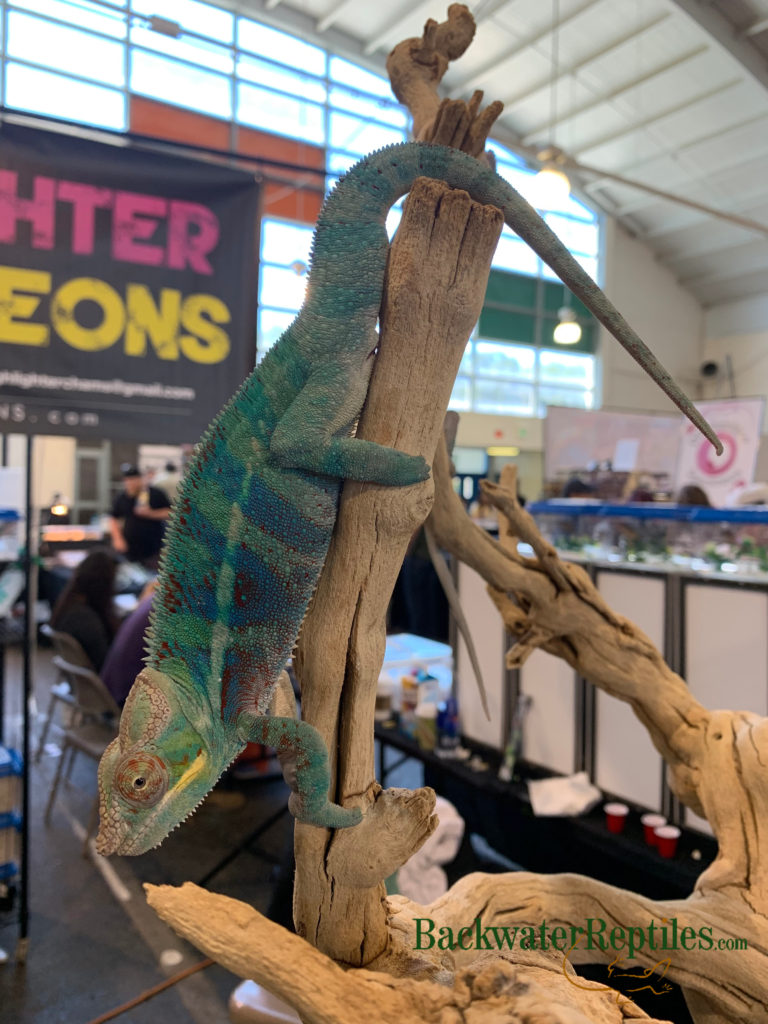
We were lucky enough to see some very colorful Panther Chameleons. Although chameleons can be very finicky when it comes to their habitat, all the chameleons at the expo seemed calm and comfortable. Some were even out of their enclosures and allowed to interact with patrons.
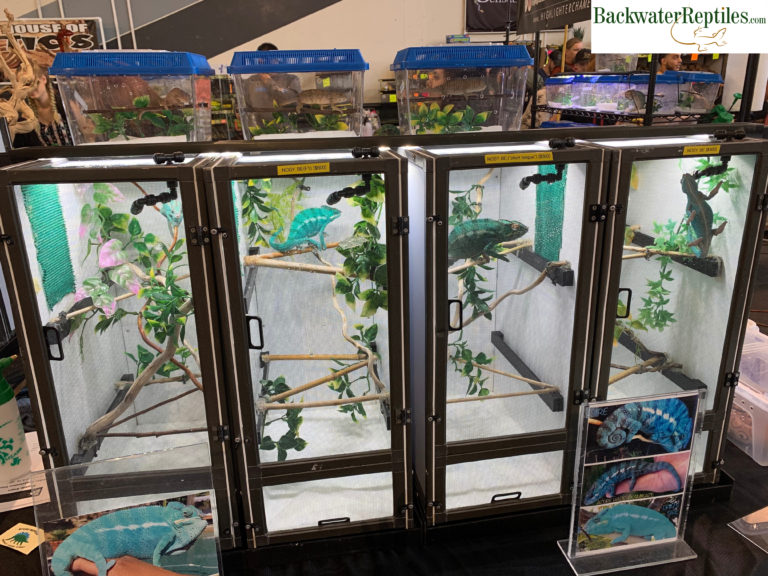
The Vallejo expo also had a few rescue organizations on hand. The Bay Area Amphibian and Reptile Society had some lovely creatures on display including a White Lipped Python. This group works to conserve herps and foster understanding on how to care for them. They also adopt animals that need to be re-homed.
Another example of a rescue group was Safari Encounters, an educational group that brings exotic animals to schools, events and fundraisers. At the expo, they had some time to give a presentation on stage and show off an alligator.
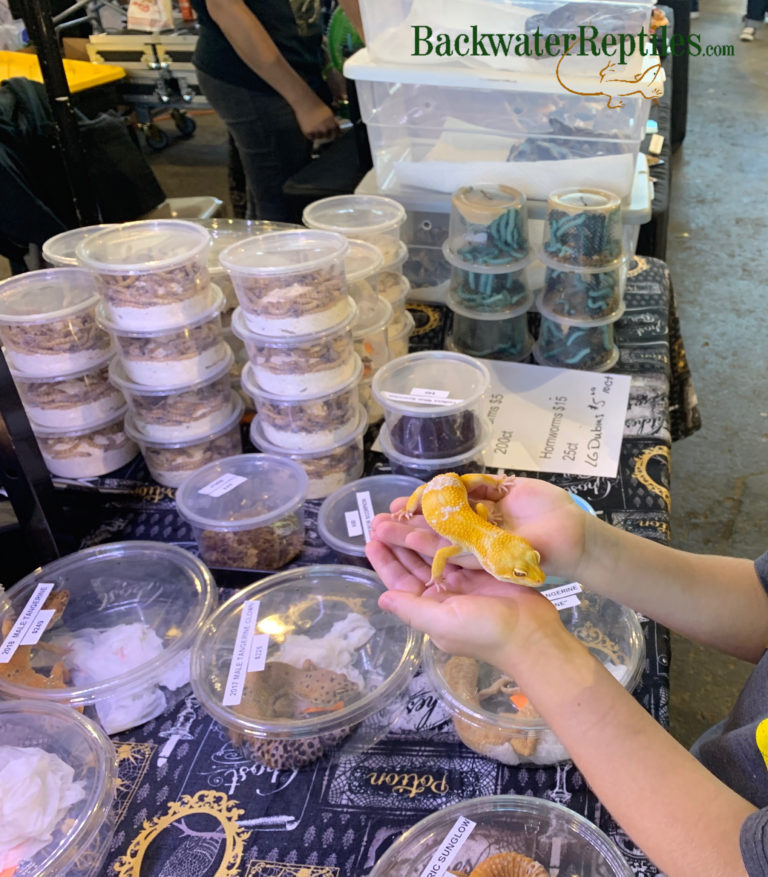
The Vallejo expo had an abundance of snake breeders. We saw many ball pythons in all different colors and sizes. The morphs on the market can get quite complicated and pricey, but they are certainly all lovely. We also gushed over baby reticulated pythons and baby corn snakes.
One thing that the Vallejo reptile show had that not all shows feature were vendors selling oddities. Some had taxidermy mammals and others had wet specimens. There was a particularly fascinating vendor selling diaphonized animals, which are creatures who are transparent with skeletons that are died purple.
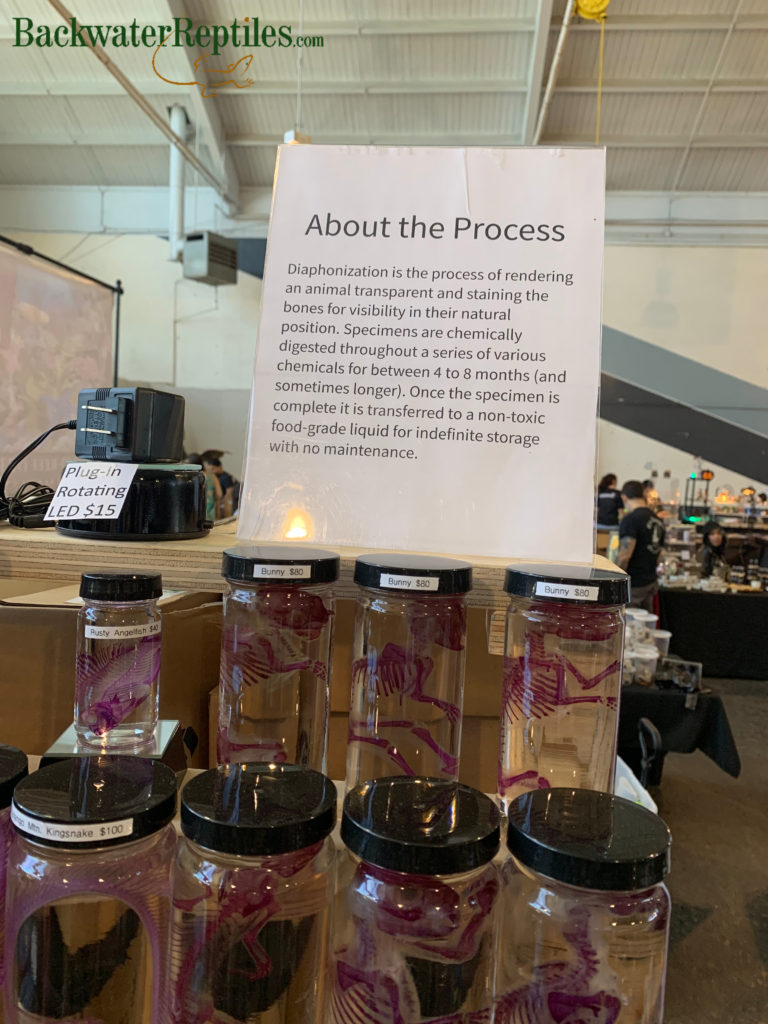
Is it safe to purchase an animal from a reptile expo?
In reality, reptile shows are a very safe place to purchase animals. Vendors will typically allow you to handle the animal so you can get a feel for its temperament prior to purchasing. You can also get a closer look and make a thorough examination of the animal to ensure it seems healthy.
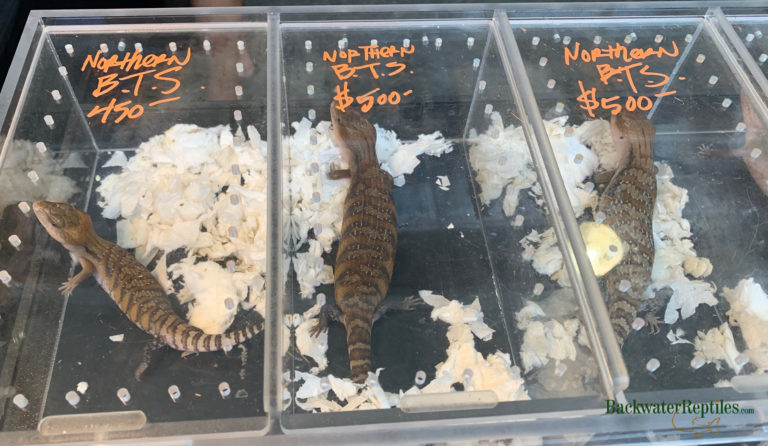
Truthfully, nearly all the vendors at reptile shows have good reputations amongst reptile hobbyists. They can also prove that their animals are healthy and well-cared for since people can see for themselves.
We advocate purchasing from reptile expos when you can. You’re usually helping support someone who sells reptiles for a living because they are passionate about them. We fully support that. We also support adopting from conservation groups that show up to reptile shows with animals that need good homes.
How can I find a reptile show near me?
If you live in a small city, it’s likely you will have to travel to find a reptile expo near you. Typically, most larger cities will have at least one per year.
We’re lucky enough to be located in California which has several throughout the state all year long. San Diego, Sacramento and Los Angeles all have rather large expos and we highly recommend visiting one of those if you are able.
If all else fails, keep in mind that Google is your friend! We’ve also found Facebook search tools to be a good resource for reptile related events.
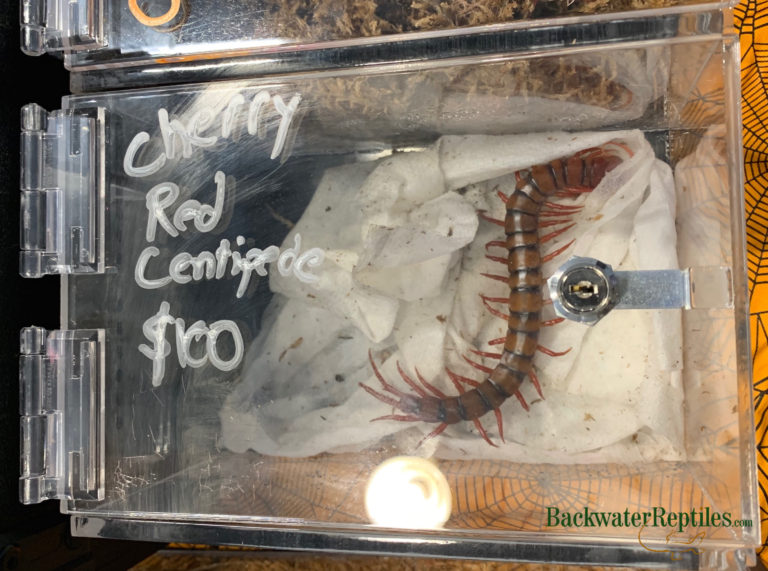
Conclusion
If you are at all interested in reptiles, amphibians and invertebrates, reptile expos are fantastic resources for you to get your herp fix. While we work with these types of creatures on a regular basis, we still never get tired of seeing new ones and all the gorgeous morphs that breeders create.
There is so much to see at any given reptile show. We guarantee that there is something to make everyone smile whether you’re a fan of snakes, leopard geckos, tarantulas, or iguanas!



